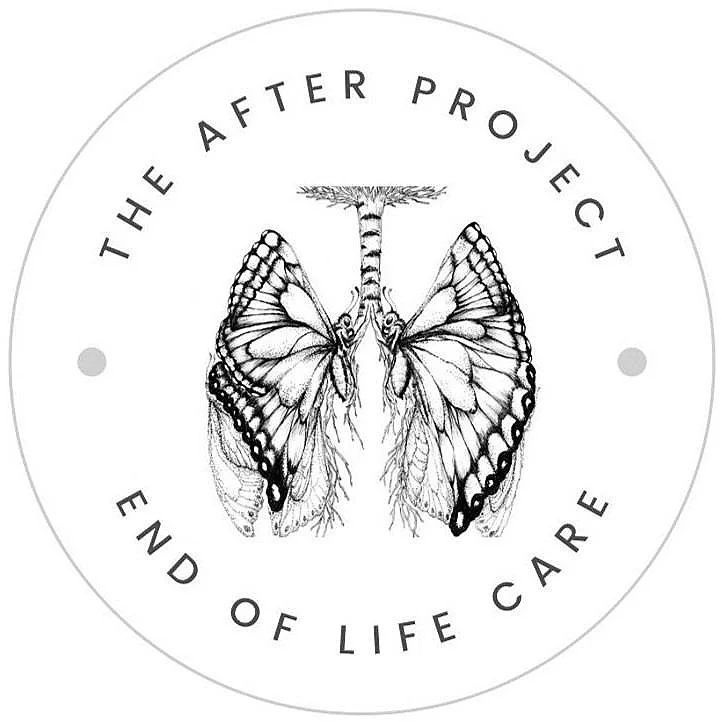
IN THIS LESSON
Gain a better understanding of what palliative means. Learn the scope of practice and where hospice fits in at end of life.
To palliate is to ease, relieve, soothe or alleviate. To make a disease or it’s symptoms less severe or unpleasant without removing the cause.
Palliative Care is for those facing or managing a serious, life-limiting illness and aims to improve the quality of life. The individual may still be getting treatment and isn’t necessarily at end of life. Illness may improve or progress.
Scope:
physical, psychological, social, cultural and spiritual support to patients, families and caregivers
Offer support to caregivers and provide bereavement
Liaise and facilitate care
Symptom and pain management
Where will we see Palliative Care?
At home, in hospice, LTC (long term care) and hospitals.
Who is involved?
Doctors, nurses, specialists, social workers, physiotherapist, occupational therapist, PSW, respiratory therapist, community Paramedic, counselors, volunteers, family.
Who has Access and How?
Access to any of the care listed above can be publicly funded (OHIP), provided by medical insurance or paid out of pocket. Ways to access care are through a primary health care provider (family doc or nurse practitioner), 211, CCAC, hospital, LTC.
If deemed medically necessary there is no cost in Ontario.
When should someone start palliative care?
This is beneficial at early stages of illness and research shows that early access improves mood, coping, quality of life and even life span. We could be an important third party to introduce and validate the need to care.
Hospice
Residential Hospice is a care-giving facility that provides a home like environment at end of life with 24/7 care at no cost. Going to hospice becomes a viable option when care can’t be provided at home. There is medical assistance but far less than in the hospital. To be admitted, you must qualify for OHIP, be referred from your Local Health Integration Network (LHIN), have a specific prognosis (usually 6 months or less), decide on comfort care rather than cure, and be referred by a family physician.
-
Add a short summary or a list of helpful resources here.

